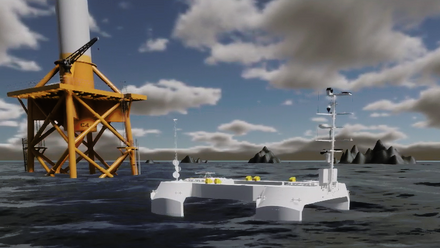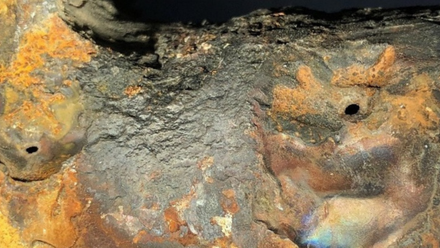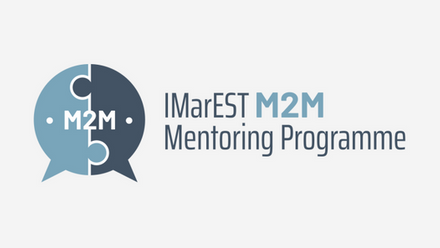Artistry and creativity make ‘best’ naval engineers
Following an internal ship design challenge, one company reflects on how to ‘evolve’ the industry and fill skills gaps by embracing artistry.
With the maritime industry facing a critical skills gap, evolving sustainability challenges, and technological developments, a new initiative that put learning, creativity, and experimentation at the heart of ship design was launched.
Over six months, a team of Expleo’s early-career engineers and seasoned professionals took part in Vision 202X, an internal ship design challenge. The team was tasked with creating a new offshore patrol vessel. This wasn’t about delivering a market-ready ship. It was exploring what ship design could be if people were given space to think freely.
“We used a ship as a, excuse the pun, vessel by which we wanted to explore capability,” explains James Gladman, Expleo’s Chief Engineer, Naval Architecture & Platform Design.
The team was chosen to cover a variety of skill sets: naval architecture, sustainability and environmental aspects, and creative thinking. Throughout the design spiral, the team tackled every stage of the ship lifecycle, from defining requirements and analysing performance to visualising and refining the concept. Monthly “surgery sessions” invited expert feedback to challenge decisions and deepen understanding. An external "customer" was brought in to simulate the client-side perspective.
“It was all about skills and knowledge and, more importantly, developing wisdom,” says Gladman. “We need people to understand why we have designed ships in the way that we have and to master the core skills to solve complex challenges, but we also need to give them the ability to think. Why have we always done it this way? Could we have done this differently to offer better outcomes?”
Such programmes could prove helpful in addressing one of the UK's most persistent engineering challenges: the mid-career skills gap. Bridging that gap is critical to meet challenges and opportunities, such as decarbonisation, noise pollution, energy and fuel efficiency, and digital technologies.
“We're reinvigorating academic programmes, we're reinvigorating programmes like STEM… to try and bring in passion and excitement, engage more individuals, and try to make the connections back between what you learn in the classroom and how you apply that in the real world,” explains Gladman.
“But because we're bringing [recent graduates] into an industry that's incredibly capacity-constrained… we’re bringing people in to do very specific activities and we’re driving them into a very specific silo. We might believe [we’re] filling the skills gap, but what we’re actually doing is filling the capacity gap.”
Maintaining an artistic licence
Gladman also believes we need to rethink how to help those in the industry develop.
“In some instances, we see it as ‘If I train them’ or ‘I give them access to the tool I'm developing’. But that isn't development for me. It's understanding the whole enterprise that we sit in, understanding that a ship is not just a design on a piece of paper, that it actually comprises of thousands, if not tens of thousands, of people that come together to produce that and support it through life and dispose of it at the end of its life,” Gladman states. “Having a better appreciation of everything that sits within that chain of events makes for a better naval engineering capability.”
Gladman says that part of the challenge lies in how engineering development is typically approached: “We teach engineers to focus on scientific principles, always work evolutionarily, not revolutionarily. Develop what we’ve already got and press forward.
“I think of engineering as a kind of romance story. It’s a mixture of science, but it’s also artistry. There’s an element of artistic licence within engineering because we are trying to take those scientific principles and resolve real-world problems, and sometimes that needs you to think creatively.
“The best engineers I've come across are people who haven't lost that connection to their artistic licence, their creativity, because that's how we innovate. It is through creativity and thinking about problems differently, and sometimes thinking about them differently is not always thinking about them mathematically.”
Tell us what you think about this article by joining the discussion on IMarEST Connect.
Image: an example of naval ship design by Expleo. Credit: Expleo.






